Fifteen Minutes of Fame
SoundProof
-
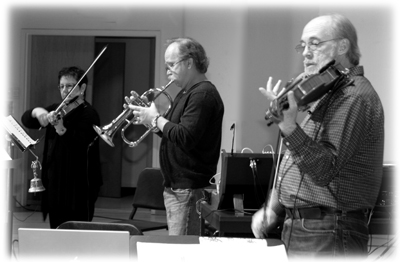
SoundProof
SoundProof is an extensible performance trio with Patricia Strange (violin), Stephen Ruppenthal (trumpet, flugelhorn, text-sound composer), and Brian Belet (viola, bass, computer programming and real-time processing, composer). Each member of the ensemble has deep international roots in avant-garde and contemporary sonic-arts performance, with supporting experience in symphony orchestra, opera, chamber music, rock, and jazz contexts. Founded in 2009, SoundProof explores the creative and interactive convergence of sound, music, technology, and extended performance techniques. Drawing from the impetus of late 20th- and current 21st-century, SoundProof realizes cutting-edged and distinctive possibilities in concert, blending the traditions of contemporary performance practice with real-time digital processing, expanding the limits of concert performance, and sculpting unique and wonderfully strange sonic landscapes in multi-dimensional acoustic spaces.
Concert Dates
- October 11, 2012 - Electronic Music Midwest, Romeoville, Illinois
- October 9, 2012 - Ohio University, Athens, Ohio
- October 4, 2012 - Inviversity of Cinncinati, Cinncinati, Ohio
- October 1, 2012 - Bowling Green State University, Bowling Green, Ohio
15 one-minute selections for SoundProof
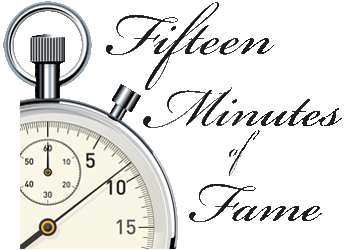 Concert program
Concert program
-
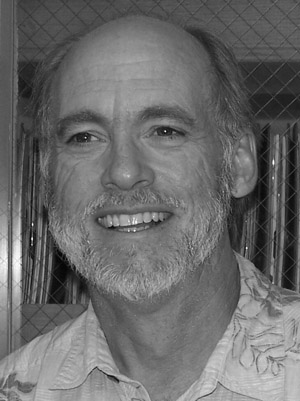
Triple Pulsar
Brian Belet
Brian Belet lives in Campbell, California, with his partner and wife Marianne Bickett. Here he composes, hikes, and tends to his fruit trees and roses. He performs with the SoundProof ensemble. To finance this real world he works as Professor of Music at San Jose State University. www.societyofcomposers.org/members/BrianBelet/
Three instruments – three sets of independent pulsing gestures – with Kyma frequency phasing, time delays, and reverb (‘red shift’ factors). A brief snapshot of distant events – perhaps a window into a larger environment.
-
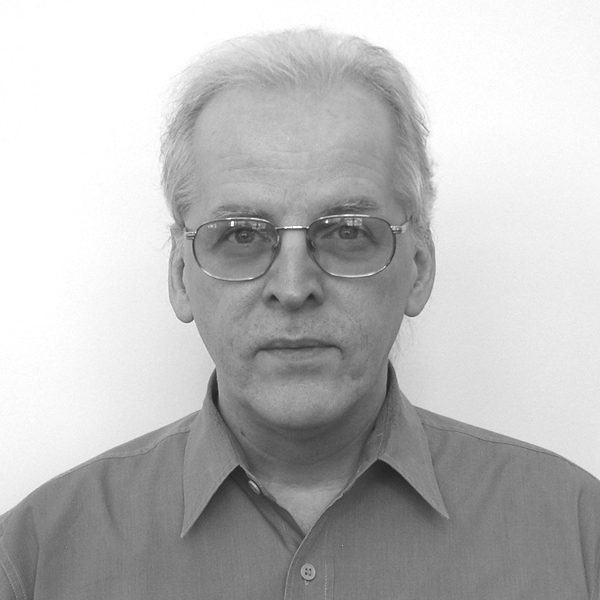
Solifluction
Julius Bucsis
Julius Bucsis is a composer, guitarist, music technologist, producer, and educator. He has performed extensively in many styles including jazz, rock, and improvisational music. His compositions cover a broad range of categories. His most recent activity involves performing a set of original compositions for electric guitar and live computer processing.
Solifluction refers to water-saturated soil flowing down slope over impermeable material. On Earth this phenomenon can occur in regions where a surface layer of soil becomes mobile over a deeper layer of stable permafrost. The piece was inspired by data suggesting that this phenomenon also occurs on Mars.
-
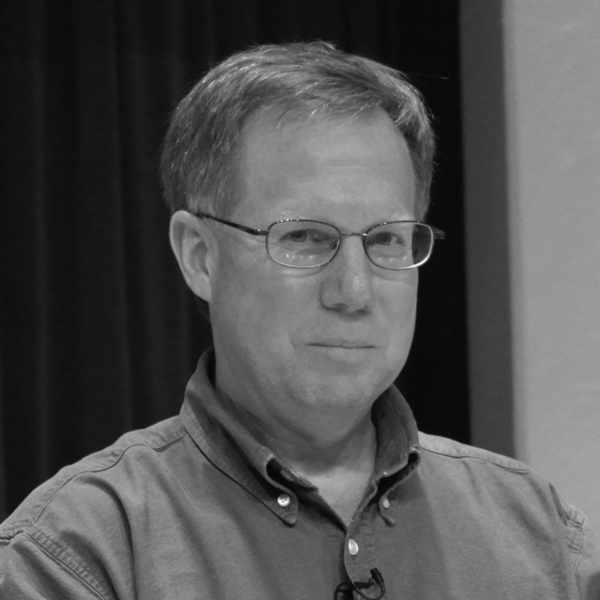
Texturologie 13: Plenum of Proof
James Caldwell
James Caldwell is Professor of Music at Western Illinois University and co-director of the annual New Music Festival. Since 2004 he has studied studio art and art history at WIU as a way to stretch creatively and to reacquaint himself with the experience of being a student.
Texturologie 13 is one of a series of compositions with textures suggested by continuous field or all-over pattern paintings (like Dubuffet’s Texturology series). The instruments etch lines, points, and patterns into the pulsing and ringing computer music made from plate bell samples. (Title phrase from Whitman’s “Song of Myself.”)
-
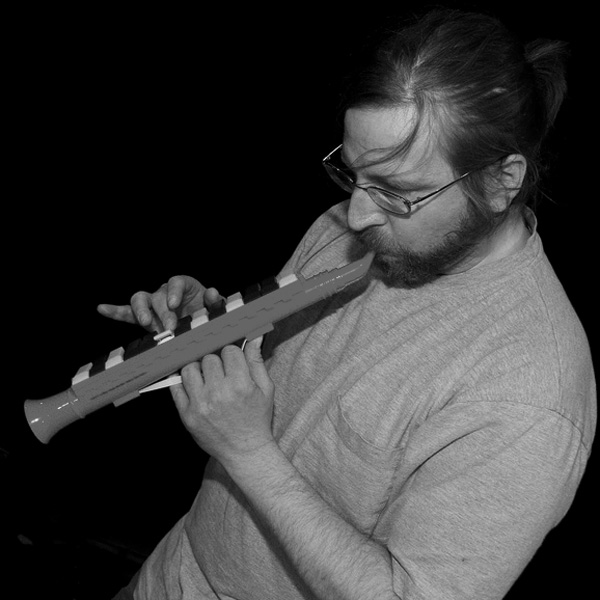
roofproof
Bruce Hamilton
Bruce Hamilton produces music in a variety of genres, published by Non Sequitur Music and heard on several labels. Hamilton is Associate Professor of Music at Western Washington University where he co-organizes the Bellingham Electronic Arts Festival.
“roofproof” is a miniature trio with fixed stereo playback that pits more or less parallel lines against a noisy groove and ambient chord clouds. Different tunings in the playback part produce microtonal inflections, broadening the already ambiguous harmonic landscape.
-
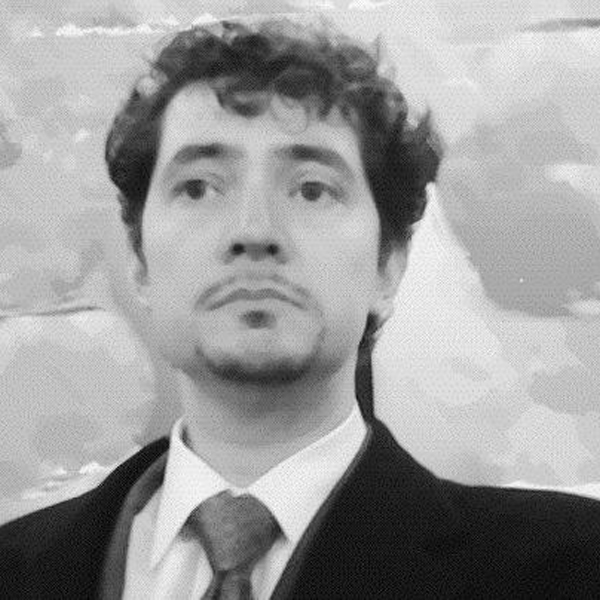
Impervious
Mark A. Lackey
Mark A. Lackey (1966- ) A composer whose work has been performed by the Eastman Wind Orchestra and Definiens Project in Los Angeles, Mark A. Lackey earned the DMA in composition from The Peabody Conservatory where his teachers included Christopher Theofanidis and the late Nicholas Maw.
Impervious is the single climactic arc of an obsessive rhythmic idea. Electronics were based on the composer's voice and processed using Pure Data and SoundHack, plus analog synthesis. The trumpet is featured in half-valve, growl, and wah-wah effects, while the strings use whispering sul ponticello technique.
-
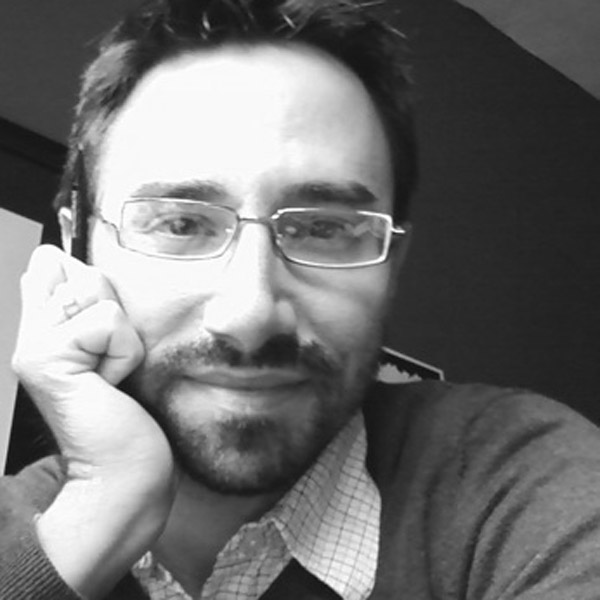
Zodiacal light
Christopher Lee
Christopher Lee studied composition at Baldwin-Wallace College, Indiana University and Rice University. His music has been performed by the Cleveland Chamber Symphony, Speculum Musicae, California EAR Unit, and others. He teaches at the University of Massachusetts Lowell and the Dana Hall School.
Zodiacal light, or "false dawn," is a diffuse glow of light that appears on the horizon just after sunset and before dawn. Most commonly seen in spring and autumn, when the zodiac is at a steep angle to the horizon, this uncanny phenomena is caused by sunlight reflected off particles of dust in space.
-
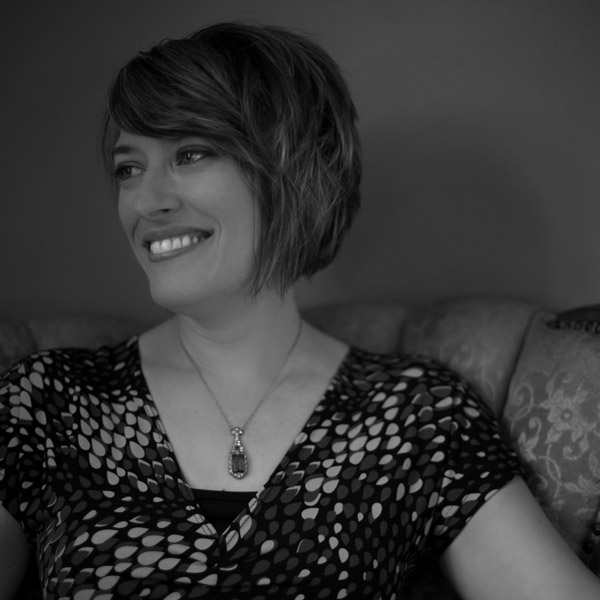
Dry Wind
Elainie Lillios
Elainie Lillios likes composing music for fabulous performers.
"Dry Wind" for SoundProof Ensemble is inspired by Wally Swist's haiku: the dry wind simmers–– high-pitched songs of cicadas rattle in the trees
-

Partisanship
Jim McManus
Jim McManus is currently an Professor at Ohlone College in Fremont, California. He enjoys playing music as well as composing, and continues to perform informally.
Marching all to the same beat, talking over each other, not much listening going on. A general mood of irritation born of the rage that comes from feeling marginalized, ignored.
-
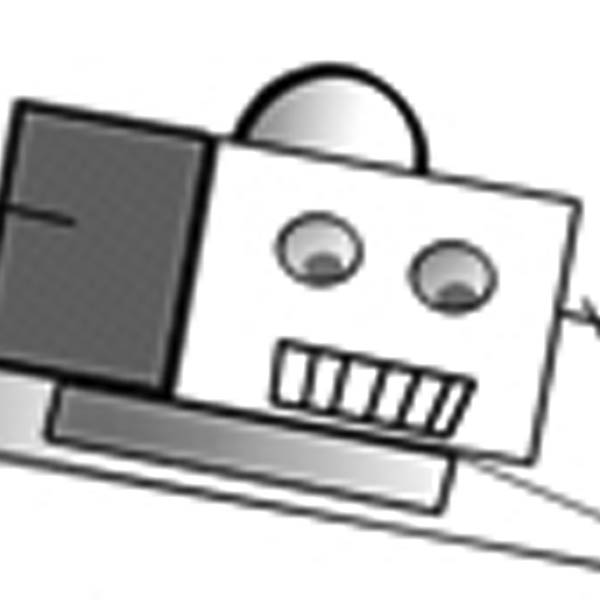
Proof of Concept
Scott Miller
Scott Miller is a composer of music described as 'not for the faint-hearted listener' (Juliet Patterson, mnartists.org). Known for his interactive electroacoustic music, he is a Professor of Music at St. Cloud State University, and is currently Vice President of Programs for the Society for Electro-Acoustic Music in the U.S.
There really is only one way to see if this will fly, isn't there?
-
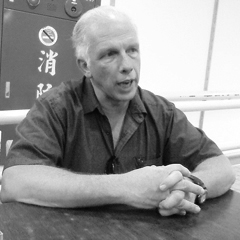
Chase
Ken Paoli
Ken Paoli is currently a professor of music at College of DuPage in Glen Ellyn, IL. He was a faculty member at DePaul University and Western Illinois University. Ken is active as an arranger and keyboardist and maintains a busy schedule of performance in the Chicago area.
Chase contrasts an acoustic trio with an electronic trio in alternation. Portions of the electronic accompaniment are generated from pictures of Saturn taken by the Hubbell telescope converted to audio. The central section features the instruments in brief solos with electronic accompaniment. A bit frantic but meant to be fun.
-
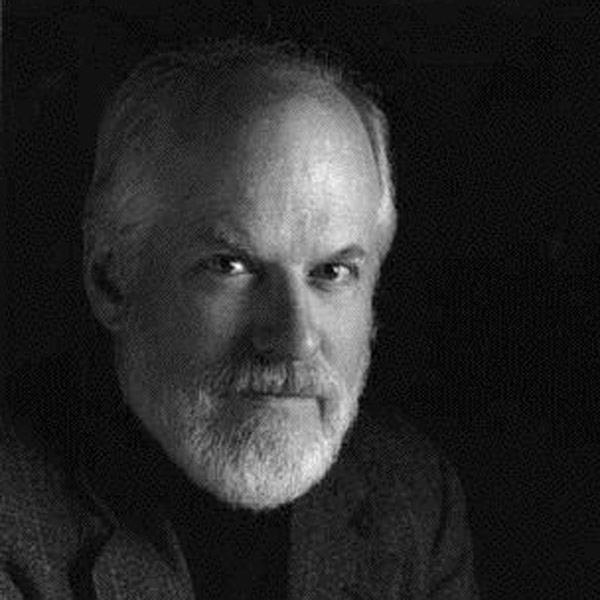
Summer Nocturne
Mark Phillips
Ohio University Distinguished Professor Mark Phillips won the 1988 Barlow International Competition for Orchestral Music. His music has been performed by groups such as the St. Louis Symphony Orchestra and the Cleveland Orchestra and recorded by such artists as Richard Stoltzman, the Warsaw Philharmonic Orchestra, and the Lark Quartet.
Living in rural Appalachia, my porch is impressively quiet most of the year. The dog days of summer, with their loud chorus of nocturnal insects, are the big exception. In Summer Nocturne, I sought to capture the pulsating, shimmering essence of those nights, while also imposing a bit of harmony.
-
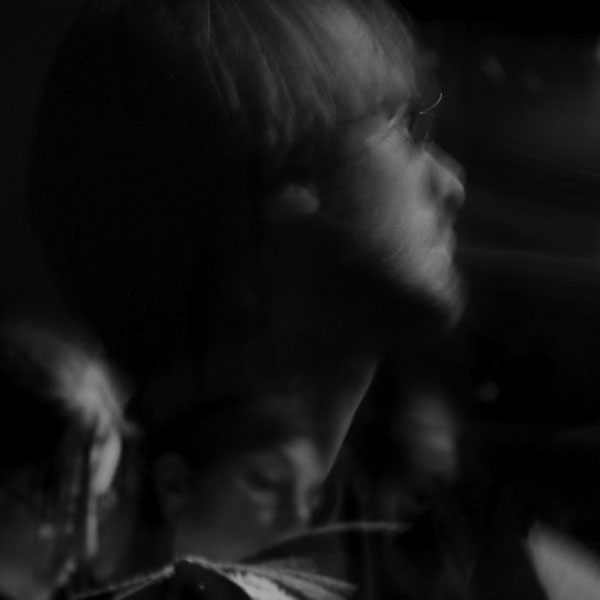
Bing
Lanier Sammons
Lanier Sammons is a composer whose music often explores ideas like audience interactivity, improvisation, the intersection of popular and classical musics, and the pairing of electronic and acoustic sound. Please visit laniersammons.com for more information.
Bing is built around a spectrally and temporally manipulated recording of a single note from a music box. The trumpet, violin, and viola explore the rich sound world found within this single “bing.”
-
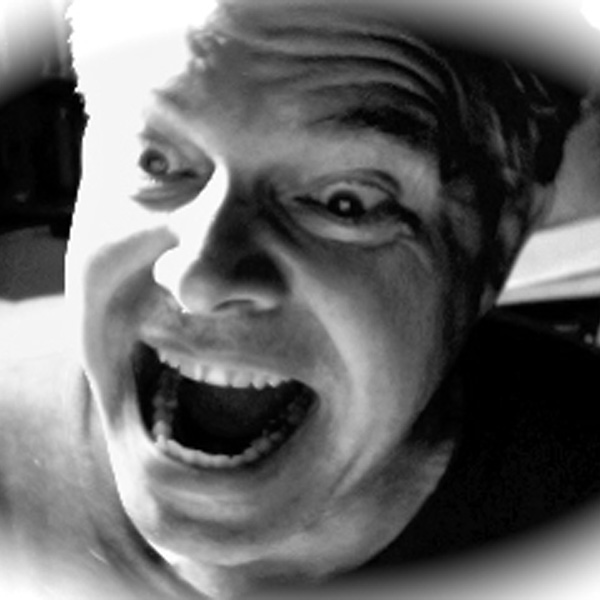
On the Clock #9
Mark Soden Jr.
Mark Soden Jr. currently performs under the name phog masheeen and can be found following the festival circuit for those involved in the noise genre. A resident of Costa Mesa California, Mr. Soden’s hobbies include; growing food, visits to the Mojave Desert and covering up his exceedingly checkered past.
As the title suggests, On the Clock #9 has a fixed audio track that was developed while gainfully employed to do something completely different. The strings spruce up what might be an unnervingly aggressive party groove and move it through a some festive heterodyning and a semetrical scale breakdown.
-
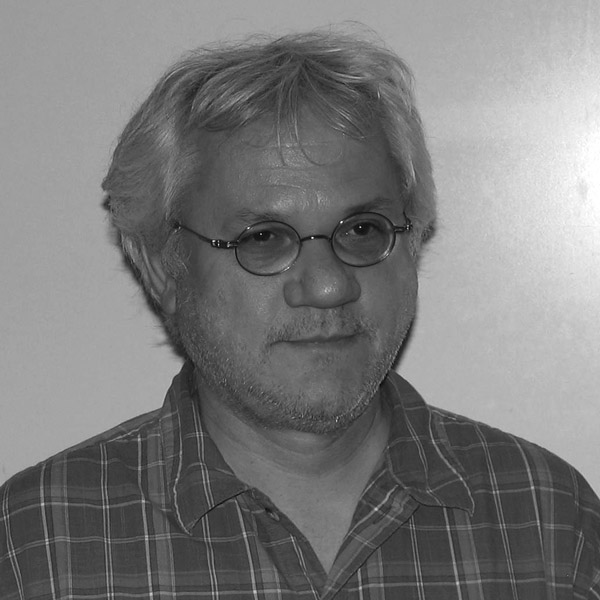
Box-and-One
Steve Wurcer
Steve Wurcer is a multi-instrumentalist and a veteran of Milwaukee clubs and festivals. As a studio musician he has contributed to theatrical scores for Milwaukee Repertory Theater, Milwaukee Shakespeare Company, American Players Theater, and others. He has a degree in English from Cornell and studied jazz performance at the Wisconsin Conservatory of Music.
Box-and-One is a structured improvisation where the violin and viola are each sampled and played back at quasi-random intervals. The pitch of the live input controls the playback speed of the delayed sample in an inverse manner (higher pitch live input = lower pitch playback). The trumpet is unprocessed. The title of the piece refers to the basketball defense of the same name.
-
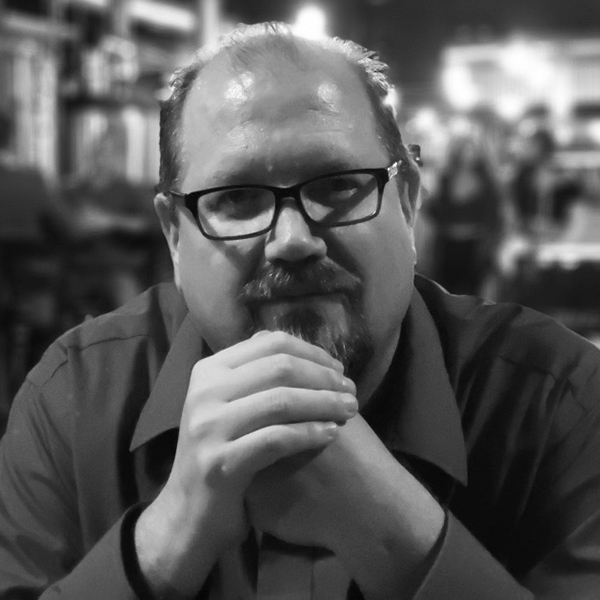
On the Brink in Comfort
Michael Wittgraf
Michael Wittgraf is Professor of Music and Chair of the Music Department at the University of North Dakota, where he specializes in composition, theory, technology, and bassoon. His music has been performed throughout the United States, as well as in Canada, France, Germany, Austria, and Australia.
On the Brink in Comfort is designed to operate with active feedback. Strategically programmed limiters let the listener move to the brink of uncontrolled feedback, comfortable in the knowledge that nothing will explode.